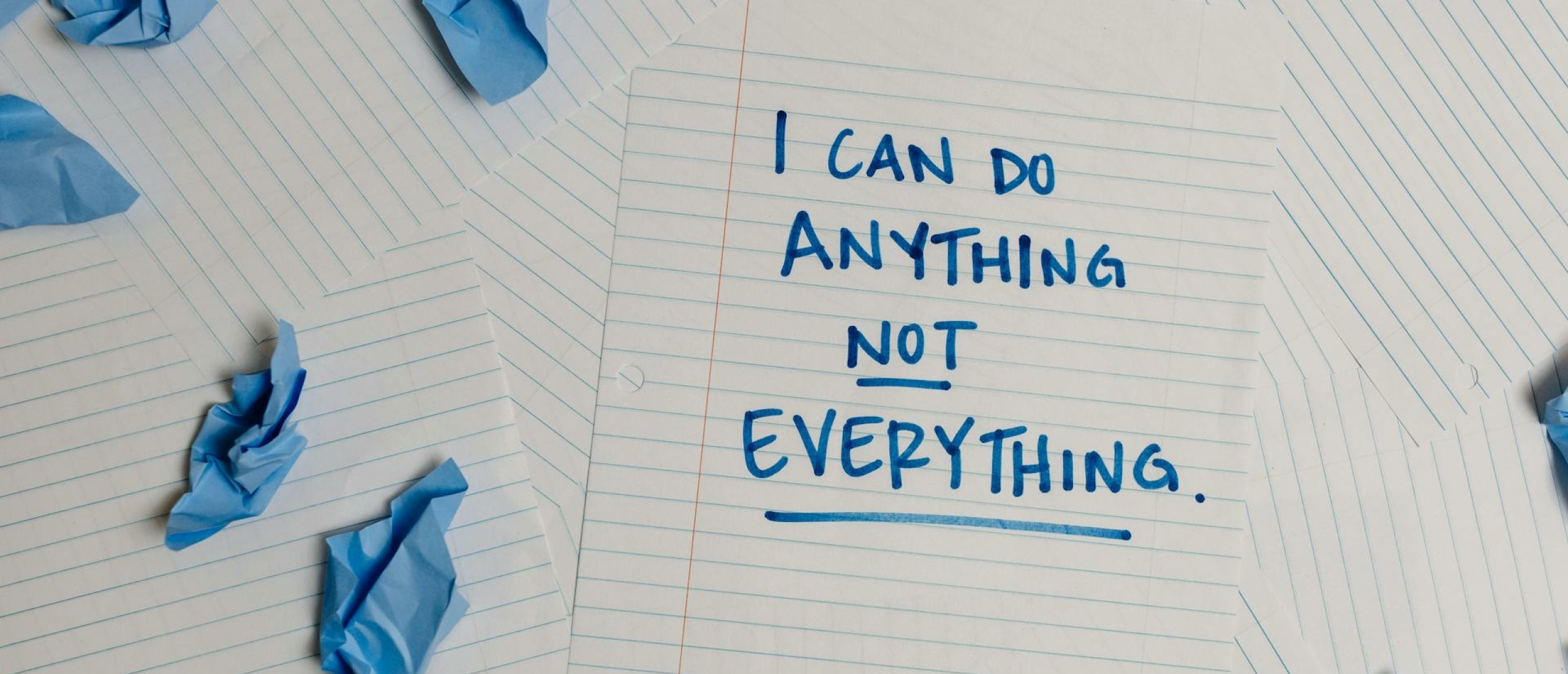
Effective support from managers and colleagues lowers chronic stress, protects quality, and makes deadlines realistic. This article explains what “support” means in practice, how to recognise when it is missing, and how to request the right help—tools, time, feedback, flexibility, and delegation—clearly and professionally.
Why support matters
Support reduces chronic stress by adding capacity you do not have alone. Timely help, clear feedback, and access to resources shorten complex work and reduce error risk. Teams with reliable support meet deadlines more consistently, fix issues earlier, and maintain better morale.
Note: Support flourishes in an open, respectful culture where asking for help is treated as part of doing quality work; leaders and peers set the tone.
What “support” means
- Information support: access to the right data, context, or expertise so you can proceed with confidence.
Example: a colleague shares the client history and success criteria before you draft a proposal. - Instrumental support: hands-on help with the work—reviewing a draft, sharing a tested template, covering a task for a day.
Example: a teammate owns the analysis while you prepare the presentation. - Structural support: time, tools, or process changes that remove friction.
Example: your manager frees two hours by moving meetings, or IT provides the software you need rather than a workaround. - Social support: a culture where it is safe to ask for help—and everyday connection (including a short, cheerful coffee chat) that makes asking easier.
Example: you can raise a concern without being judged, and people respond constructively.
Early indicators that support is too low
- Slow or no responses to reasonable help requests. Work waits in limbo; deadlines slip.
- Vague feedback (“looks fine,” “not quite”). Ambiguous standards create rework and frustration.
- You hesitate to ask. Fear of judgement or “being a burden” signals a culture problem, not a personal failing.
- Single points of failure. Only one person knows how to proceed; progress stalls when this person is absent.
- Frequent last-minute escalations. Blockers surface late because regular check-ins are missing.
What good support looks like
- They help you meet deadlines. Reviews are focused and timely; lower-value tasks are rescheduled so you can finish critical work.
- They share tools and working methods. Licences, templates, and “how we do this or that” notes reduce ramp-up time.
- They accept delegated work when it fits. Teammates take on specific sub-tasks so the whole team delivers.
- Your manager frees you up for priority work. Meetings are moved or responsibilities rebalanced so you have protected focus time.
- There is practical flexibility. When more time is needed at home (e.g., a sick family member), coverage is planned so outcomes stay on track.
- There is room for human connection. Brief positive interactions build trust, making help requests easier later.
How to ask for support
Use this simple context template in email, chat, or a shared document. It focuses attention and speeds decisions:
Goal → Current status → Specific ask → Needed by → Risks if delayed
Example request
Goal: finalise the client deck.
Status: draft complete except methods slides.
Specific ask: review slides 5–8 for accuracy.
Needed by: Wed 16:00.
Risk if delayed: postpones legal sign-off.
Three small refinements that increase success
- Offer options, not an open problem. “I can deliver A + B by Thu, or A + C by Wed—what’s better?” makes trade-offs explicit.
- Time-box the help. “Could you spend 20 minutes on sections 2–3?” is easier to accept than “take a look.”
- Agree one channel for the exchange. A shared doc or ticket prevents side messages from getting lost.
Some people hesitate to seek support because they fear burdening colleagues or appearing less competent—concerns that are especially common in people high in Agreeableness, who naturally prioritise harmony. Reframe the request as a way to protect outcomes and team standards: colleagues prefer a small, well-scoped ask early to a larger, urgent problem later. Make the request easy to accept by time-boxing it (“15 minutes”), narrowing the scope (“slides 5–8 only”), offering an opt-out (“if you are short on time, a pointer to someone else is perfect”), and giving a clear deadline. Ask during agreed check-in windows or propose a review without you being present, for instance by email, to avoid interrupting deep work, and keep everything in one channel to reduce friction. You can also signal reciprocity without creating obligation (“I’m happy to return the favour or take X off your plate next week”). A simple phrasing is: “Could you spend 15 minutes on slides 5–8 by Wed 16:00? If now isn’t ideal, a quick advice or a referral is perfect.”
Getting support from colleagues
- Buddy system for difficult tasks. Pair briefly at the start to confirm the plan and again before delivery to catch issues early.
- Template and snippet sharing. A common library for emails, reports, or code reduces rework across the team.
- Knowledge notes after solves. When a colleague helps, capture the “how” in a short note so the next person is faster.
- Swap small, discrete tasks. Offer to take a quick task for them while they review or unblock you—mutual support scales.
Getting support from your manager
- Calendar protection for deadlines. Ask for specific focus blocks and permission to decline non-essential meetings that week.
Script: “To deliver the report by Thursday, may I block 09:30–11:30 Tue–Thu and decline non-critical meetings?” - Resource adjustments. Request access to tools, data, or a subject-matter expert for a fixed period to accelerate work.
Script: “Could we arrange read access to the data warehouse and 30 minutes with Sarah on Tuesday?” - Delegation or redistribution. Propose moving lower-value tasks to another cycle or colleague while you finish priority work.
Script: “If we shift the quarterly admin task to next week or to Alex, I can complete the client work by Thursday.” - Clarity on “what good looks like.” Ask for 3–5 acceptance criteria so reviews are fast and objective.
Script: “To avoid rework, could we confirm success criteria for the brief—length, data sources, and approval path?” - Planned flexibility for caregiving or illness. Suggest a coverage plan so time at home does not derail delivery.
Script: “I need two mornings at home for a family illness. I will be online 13:00–17:30 and deliver the draft by 16:00. Jamie can cover the stand-up; I’ll send notes.”
Delegation: when and how
- Delegate when the work is teachable and has clear steps. You remain accountable; a colleague executes defined parts.
- Be precise about scope and success. “Please draft sections A–C to last week’s format; I’ll review by Tuesday.”
- Use teach-back. Ask the person to summarise the task and criteria; this reveals gaps before they start.
- Close the loop. A short review and a saved example make the next similar task easier for everyone.
If you want to read more about delegating, check out this article.
Tools and working methods
- Share the actual tools. Provide licences or temporary access rather than screenshots or verbal descriptions; this removes friction immediately.
- Publish “how we work” notes. Short, living documents for common processes (versioning, naming, sign-offs) cut confusion.
- Standardise reviews with checklists. A few bullets per deliverable type make feedback consistent and faster.
- Create a single “help” channel. One intake place (form or chat channel) reduces lost asks and clarifies who responds.
Flexibility and coverage without losing outcomes
- Plan the coverage, then the flexibility. Identify which tasks move, who covers which responsibilities, and how updates will be handled.
- Use clear time windows. “I will be offline 09:00–12:00; I’ll deliver the draft by 16:00.” Predictability builds trust.
- Rotate high-visibility work fairly. Flexibility should not permanently remove someone from career-advancing tasks.
Social support that actually helps work
- Short, positive check-ins. A five-minute chat reduces friction later; people respond faster to those they know.
- Celebrate completed outcomes, not just long hours. Recognition tied to results encourages efficient help rather than performative busyness.
Signals and simple measures
- Time to first response on help requests. Aim for same day or next business day; slow response is a leading indicator of problems.
- Unresolved blockers older than 48 hours. If they grow, you have a support bottleneck.
- Rework rate. Frequent rework often means unclear standards or missing checklists.
- After-hours work to compensate for missing support. Track spikes around reviews or approvals—fix the cause, not the symptom.
When to raise the support issue
Use this when repeated slow responses, unclear standards, or unresolved blockers persist—especially if delivery, safety, or health is at risk.
Concise decision request
- State the goal and risk: “To deliver the client report by Thursday without quality risk…”
- Show the facts: “We have waited 6 business days for a review; two blockers remain.”
- Offer two options: “(a) A named reviewer with 48-hour turnaround, or (b) a weekly 20-minute review slot—starting next week. Which shall we adopt?”
- Confirm in writing: share the agreed action so expectations are clear.
Common pitfalls to avoid
- Vague asks. “Can you take a look?” invites delay. Specify the section, the question, and the deadline.
- Endless meetings to “coordinate support.” Prefer written updates with a decision by a set time; meet only when discussion is needed.
- Support that never becomes reusable. Capture the solution once; point the next person to it.
- Asking the same person every time. Spread requests to avoid creating new bottlenecks.
Culture as the foundation for support
Sustainable support depends on an open, respectful work culture. In supportive teams, asking for help is treated as part of doing quality work—not a personal weakness. Questions receive constructive, timely responses; credit is given for collaboration rather than heroic after-hours effort; and managers model help-seeking and protect focus time. Clear norms—response expectations, check-in windows, and courteous communication—reduce hesitation and surface risks earlier, which shortens delays and lowers chronic stress. Small rituals (brief stand-ups, coffee check-ins, public shout-outs) reinforce the message that help is welcome and valued.
For a deeper dive on norms and behaviours that make support possible, see:
Workplace Culture & Relationships → https://www.stressinsight.com/blog/culture-relationships/
Quick checklists
Your ask (format)
Goal → Status → Specific ask → Needed by → Risks
Manager support menu
Focus blocks • Remove low-value tasks • Tool/data access • Expert time • Clear acceptance criteria • Planned flexibility with coverage.
Team support menu
Buddy pairing • Template/snippet library • “How we do X” notes • Single help channel • Review checklists.
In this series
- Work Stress Risk Self-Test: track your Support factor monthly and see if improvements occur
- Tame excessive workload
- Regain control at work
- Recognition and fairness at work
- Values and purpose at work
- How to build a low-stress company culture











